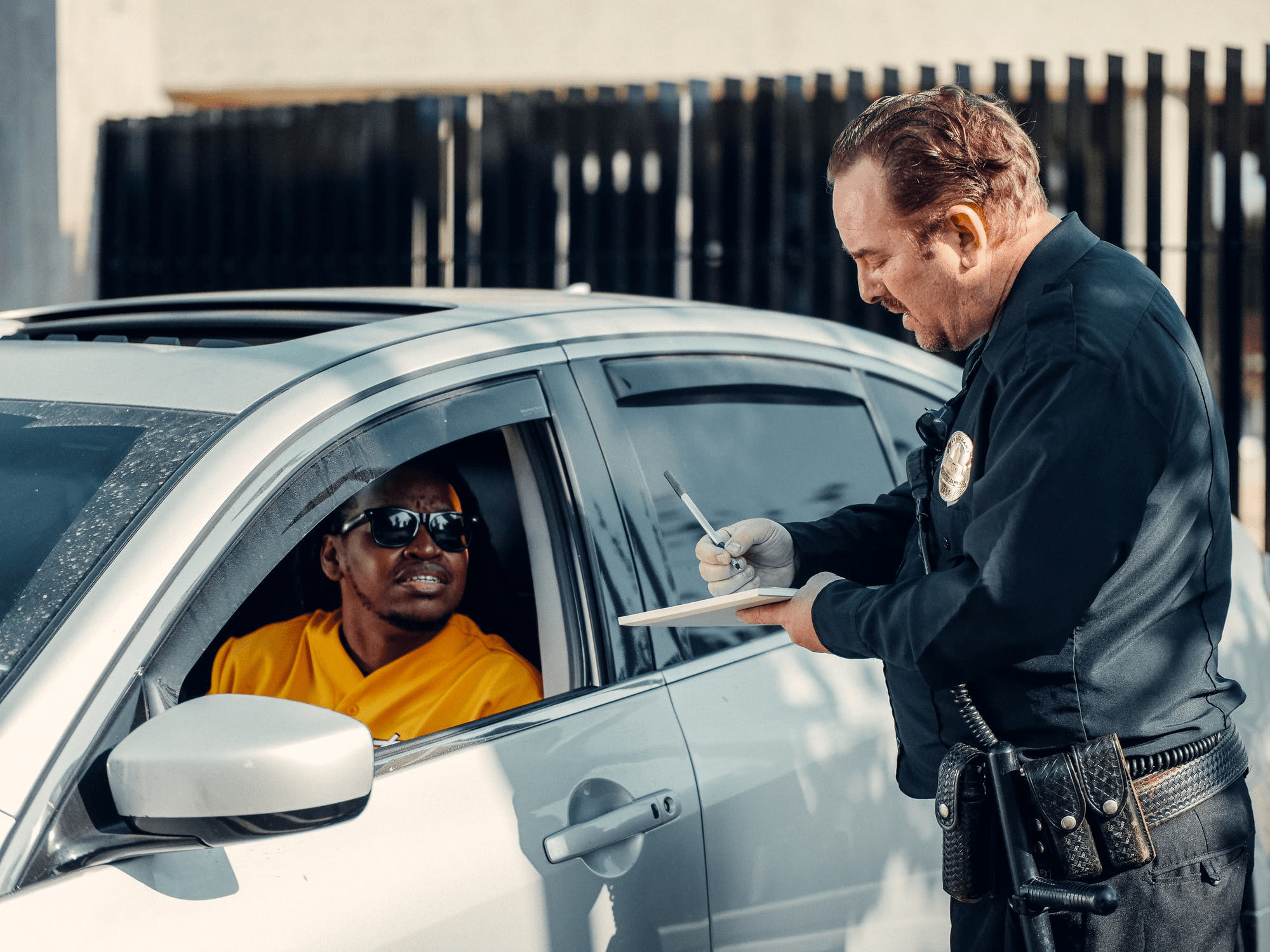Speeding, or overspeeding, is a prevalent issue on Texas roads, and its effects can be far-reaching, affecting not only the drivers themselves but also everyone else sharing the road. In this blog post, we'll delve into the consequences of overspeeding in Texas and how responsible driving, with the help of education from Get Drivers Ed, can make a significant difference in road safety.
1. Increased Risk of Accidents
The most immediate effect of overspeeding is an increased risk of accidents. When drivers exceed the posted speed limits, they have less time to react to unexpected situations, such as sudden stops or obstacles in the road. This can lead to more severe collisions, injuries, and even fatalities.
2. Reduced Reaction Time
Speeding reduces the amount of time drivers have to react to changing road conditions. This is especially critical in adverse weather conditions like rain or fog. When drivers overspeed, they compromise their ability to make quick and safe decisions, putting themselves and others at risk.
3. Severity of Injuries
In accidents caused by overspeeding, injuries tend to be more severe. Higher speeds result in greater kinetic energy, making crashes more forceful. This increases the likelihood of serious injuries, including head injuries, fractures, and spinal injuries.
4. Impact on Vulnerable Road Users
Overspeeding has a particularly significant impact on vulnerable road users, such as pedestrians and cyclists. A speeding vehicle is less likely to stop in time to avoid a collision, making these individuals more vulnerable to accidents.
5. Legal Consequences
Getting caught overspeeding in Texas can have significant legal consequences. Drivers may face fines, license suspensions, increased insurance rates, and even mandatory attendance at defensive driving courses. The legal costs and implications can be substantial.
6. Higher Fuel Consumption and Emissions
Driving at excessive speeds also leads to increased fuel consumption and emissions. This not only hurts your wallet but also contributes to environmental pollution and climate change.
7. Strain on Infrastructure
Frequent overspeeding can lead to increased wear and tear on road infrastructure, necessitating more frequent repairs and maintenance. Taxpayers ultimately bear the cost of these repairs.
8. Community Impact
Speeding can negatively affect the quality of life in communities. Excessive noise from high-speed traffic can disrupt neighborhoods, impacting residents' well-being and property values.
Promoting Responsible Driving with Get Drivers Ed
At Get Drivers Ed, we are committed to promoting responsible driving and road safety. Our driver education courses emphasize the importance of obeying speed limits, following traffic laws, and being mindful of the consequences of overspeeding. We believe that by educating drivers and instilling safe driving habits, we can collectively reduce the negative effects of overspeeding on Texas roads.
In conclusion, overspeeding is a dangerous behavior that has a multitude of negative consequences, from increased accidents and injuries to legal and environmental impacts. Responsible driving is not just a personal choice; it's a commitment to the safety and well-being of everyone on the road. Remember, when you choose to drive responsibly, you're making a positive difference in your community and helping to create safer roads for all. Visit Get Drivers Ed to explore our educational resources and courses that can empower you to be a safer and more responsible driver in Texas. Drive safely!

